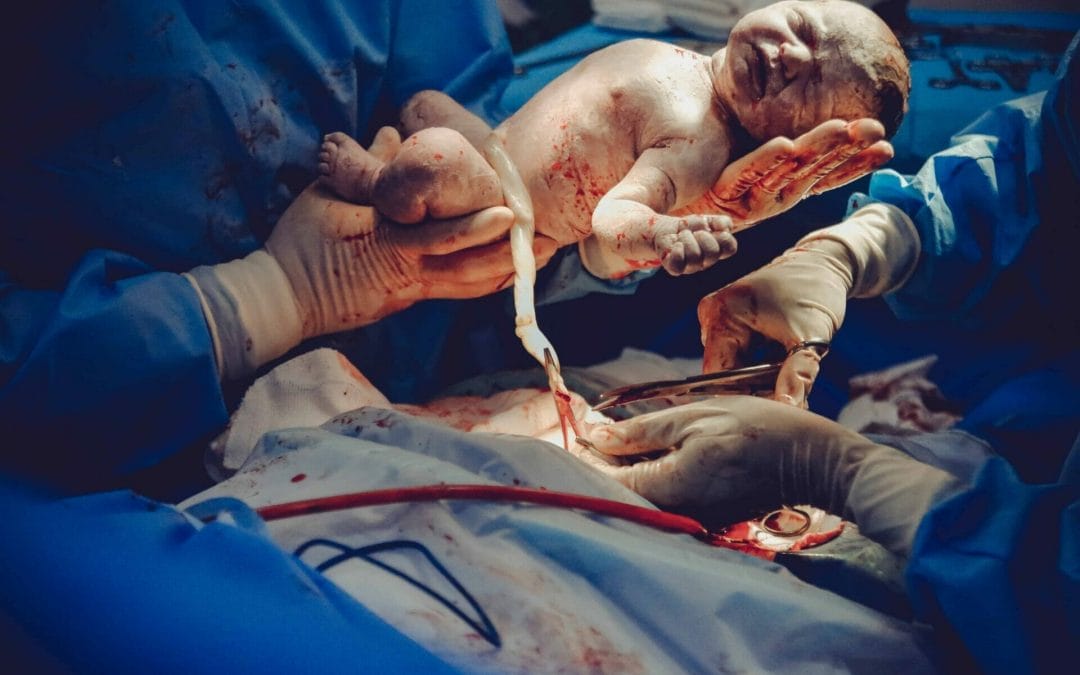Around the world the rate of births by caesarean section has increased, with North America leading the pack at around one in four births. Understanding the circumstances that may lead to a caesarean birth helps the mother cope with the decision, should it be necessary and takes some of the fear and anxiety out of having this procedure performed.
While the need for a cesarean section is up to your health provider, there are certain conditions where a cesarean birth is most likely, while there are others where it may be up to the mother to choose how to proceed:
Placenta Previa: occurs in about 1 of every 200 pregnancies and is defined as when the placenta lies at a low position in the uterus and either partially or completely covers the cervix. In many cases a woman with this condition will be put on bed rest. If the placenta is getting in the way of the baby’s exit through the cervix then a cesarean section will need to be performed.
Placental Abruption: occurs in approximately 1% of births when the placenta detaches from the uterine wall. Causes bleeding and pain in the uterus, and can interfere with oxygen supply to the baby, requiring an emergency c-section.
Uterine Rupture: occurs in about 1 of every 1500 births when the uterus tears at some point during pregnancy or labor. Can result in hemorrhaging in the mother and disrupt the baby’s supply of oxygen, requiring an immediate cesarean.
Breech Position: depending on the position of the baby a cesarean section may be the only way to deliver. Premature babies, babies in distress or situations where there is a prolapsed umbilical cord will call for a cesarean.
Cord Prolapse: a rare occurrence when the cord comes through the cervix before the baby, causing a reduction of oxygen when the uterus contracts.
Fetal Distress: Usually occurs when there is a lack of oxygen delivered to the baby and if monitoring determines that the baby is in trouble an emergency cesarean is performed.
Lack of Progress: when labor slows or stops, or the baby has not positioned itself for an optimal delivery this condition may be diagnosed.
Repeat Cesarean: up to 90% of women who have had a previous cesarean are cleared for a Vaginal Birth After Cesarean (VBAC). The main risk during a VBAC is uterine rupture, which occurs in 0.2-1.5% of VBACs. It is up to your health care provider to determine if you can attempt a vaginal delivery.
Cephalopelvic Disproportion (CPD): diagnosed when the baby’s head is too large, or the mother’s pelvis is too narrow to allow for delivery.
Active Genital Herpes: if the mother shows an active case of genital herpes then a cesarean may be scheduled to prevent the baby from becoming infected during a vaginal birth.
Diabetes: gestational diabetes may result in complications that may a normal delivery too risky.
Preeclampsia: high blood pressure during pregnancy can result in decreased oxygen flow to the baby. In severe cases a cesarean may be required.
Birth Defects: certain birth defects with the baby may mean that a cesarean delivery is safer.
Multiples: twins can usually be delivered vaginally, depending on their approximate size and maturity, but triplets or more are generally delivered by cesarean.

